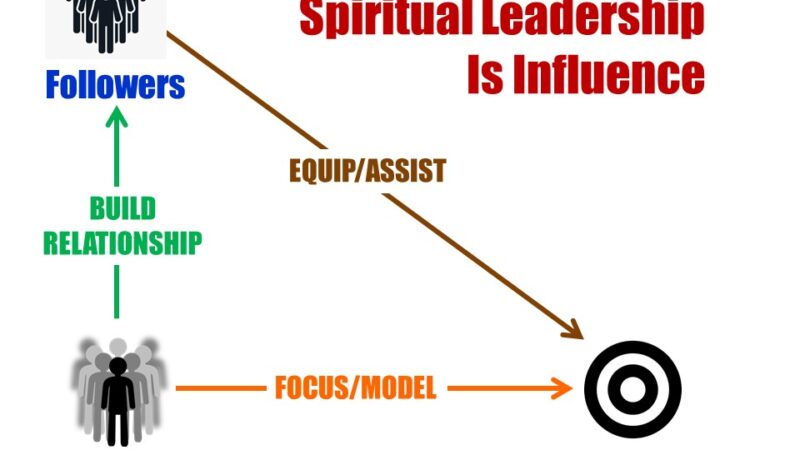The Effectual Truth of Identity Politics

Written by Thomas G. West |
Tuesday, September 21, 2021
This “difference principle” explains the otherwise puzzling current alliance of the high and low against the middle. I refer to the political coalition that now governs America. It consists of the union of those groups designated least advantaged (single mothers, other single women, minorities, and LGBTQ) with the wealthiest and most highly educated classes.
Is “identity politics” the core of today’s liberalism? Or, as I will argue, is identity politics only one feature of a broader overarching conception of justice?
It is true that today’s political discourse is dominated by the language of identity politics. One sometimes wonders whether any policy can now be discussed outside of the framework of race, class, and gender. Even the Covid response was shaped by racial politics. Blacks and their supporters (but hardly any others) were allowed to have large gatherings (demonstrations) with no social distancing.
Yet, as David Azerrad has observed, “Not all identities, it turns out, are created equal.” Identity politics is forbidden for males and especially whites. Forming an affinity group at one’s workplace to promote the interests of women, blacks, or gays is acceptable. Everyone knows how dangerous it would be to set up a parallel group to promote the interests of heterosexual white males. The likely outcome would be termination of one’s job, social ostracism, and, if it came to the attention of social media, deplatforming.
James Jacobs explains the paradox: “The greater a group’s victimization, the stronger its moral claim on the larger society.” If Jacobs is right, then the moral basis of identity politics has nothing to do with race or “gender” or sexual orientation as such. Instead, it rests on a moral claim about oppression.
This is the view of justice held by the identitarians. It is the liberalism of “equal concern and respect,” to use Ronald Dworkin’s term. This liberalism—variously defended and explained by Dworkin, Richard Rorty, John Rawls, Martha Nussbaum, and many others—was not originally articulated in terms of race, sex, and so on. Instead, it began with the idea that individuals all possess the same “fundamental right.”
This right includes, according to Dworkin, not only “liberty of free expression and of free choice in personal and sexual relations,” but also “the right to equal treatment, that is, to the same distribution of goods or opportunities.” Government must transfer wealth, status, and especially recognition and honor, from the more to the less advantaged, so that everyone may live as he or she pleases and feel that their life choices are accorded due recognition and respect.
This idea, rather than particular grievances of this or that group, provides the moral foundation of our liberalism today.
It is a fact that, if not today, at least historically, whites and males have been more successful and more honored than most other identifiable groups in society. The very fact that other less respected or less wealthy groups continue to exist implies, in the view now current, that whites and males are committing serious injustice.
It does not matter that this or that white male may have worked harder or had a better education. Whatever the reason, some groups in society manifestly do not enjoy the “equal concern and respect” that they are said to deserve. The inequality is real. Why have the dominant race and sex failed to correct that? That is ultimately what is meant by systemic racism or the patriarchy. If you accept this moral framework, it is quite real.
That is why the identity politics label can be misleading if its ground is not brought to light.
The post-1960s approach requires redistribution of income and prestige from the more advantaged not only to those who are deemed to be oppressed, but also to those at the top who promote social justice.
Rawls’s basic argument, in agreement with Dworkin, is that “all social primary goods…are to be distributed equally unless an unequal distribution…is to the advantage of the least favored.”
In the Rawls-Dworkin formal definition of justice, nothing is said about disadvantaged groups. If social justice can be achieved by ensuring that “primary goods” are adequately redistributed to “least favored” individuals, there was never any necessity for post-1960s liberal politics to take its current form. Liberals did not have to embrace a politics of race, sex, and sexual orientation. Yet they did.



